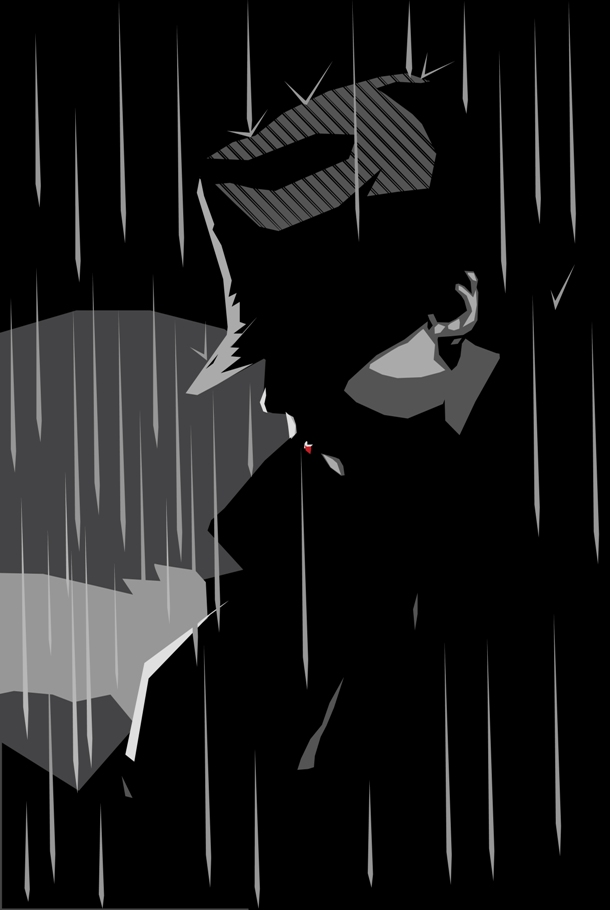 A few months ago, I had the opportunity to participate in an online discussion with some friends (and fellow cinophiles) featuring one of my all-time favorite films: Vittorio De Sica’s legendary Bicycle Thieves.
A few months ago, I had the opportunity to participate in an online discussion with some friends (and fellow cinophiles) featuring one of my all-time favorite films: Vittorio De Sica’s legendary Bicycle Thieves.
It was a great conversation overall, as one might expect from a group that just finished watching what I consider to be the definitive Italian Neo-Realistic film, and one of the most powerful father-son portrayals in the history of cinema. But perhaps the most intriguing (and certainly the most “meta”) part of the conversation was the section revolving around this video:
Every cut is a form of judgment, whether it takes place on the set or in the editing room. A cut reveals what matters and what doesn’t. It delineates the essential from the non-essential. To examine the cuts of a filmmaker is to uncover an approach to cinema.
The happenstance of Vittorio De Sica’s Terminal Station and David O. Selznick’s Indiscretion of an American Wife offers a rare opportunity to compare two cuts of the same film from a leading figure of neorealism and a leading figure of Hollywood.
Fascinating video (courtesy of BFI’s “kogonada”). Almost as fascinating as the fact that both De Sica and Selznick’s cuts survived, which is the only thing that makes this comparison possible in the first place.
The film’s plot is simple; its production was not. The troubled collaboration between director Vittorio De Sica and producer David O. Selznick resulted in two cuts of the same film. De Sica’s version, Terminal Station, was screened at a length of one-and-a-half hours, but after disappointing previews, Selznick severely re-edited it and changed the title to Indiscretion of an American Wife without De Sica’s permission.
I love those sorts of Hollywood stories, because they’re so twisty. And I love the fact that the dueling cuts are so dramatically different stylistically (and, as a result, feel like such different works). But there’s something about the video that left a strange flavor in my mouth: The take-away quote — “To ask ‘What Is Neo-Realism?’ is to ask ‘What Is Cinema?'” — doesn’t seem entirely fair to me. Almost as though it’s contrasting the value of De Sica’s work with that of Selznick’s. And that’s a false dichotomy, for me.
I don’t see that one’s understanding of “What Cinema IS” requires one to pick De Sica over Selznick, or the other way ’round. Sure, they feel different — heck, they ARE different — but at root, they’re both telling a story, right?
Yet I feel like I’m being asked to weigh them against one another, and I’m really not sure what to do with that. One style isn’t more “accurate” than the other, is it? Sure, De Sica’s would probably be considered more “realistic” and Selznick’s more “manufactured;” more “Hollywood.” Plus, De Sica’s focusing primarily on the story’s characters and moods and empty spaces, while Selznick’s focusing more on its beats and pacing and plot points.
Personally, I prefer De Sica’s approach, because it feels more organic to me, more “lived in.” But I love me a good, smartly-paced yarn, as well — Selznick’s calling cards (along with his temper and his legendary memos)– and I balk at the suggestion that I should pick one or the other. Two sides of a single story-telling coin, right? I like “Heads” and I like “Tales,” depending on my mood.
So if someone asks me whether I prefer De Sica or Selznick, my answer is “YES!”
…which, come to think of it, might be exactly what the film’s getting at.
 Attribution(s): “Noir” and “Cool Old Film Strip” provided by Shutterstock.
Attribution(s): “Noir” and “Cool Old Film Strip” provided by Shutterstock.












